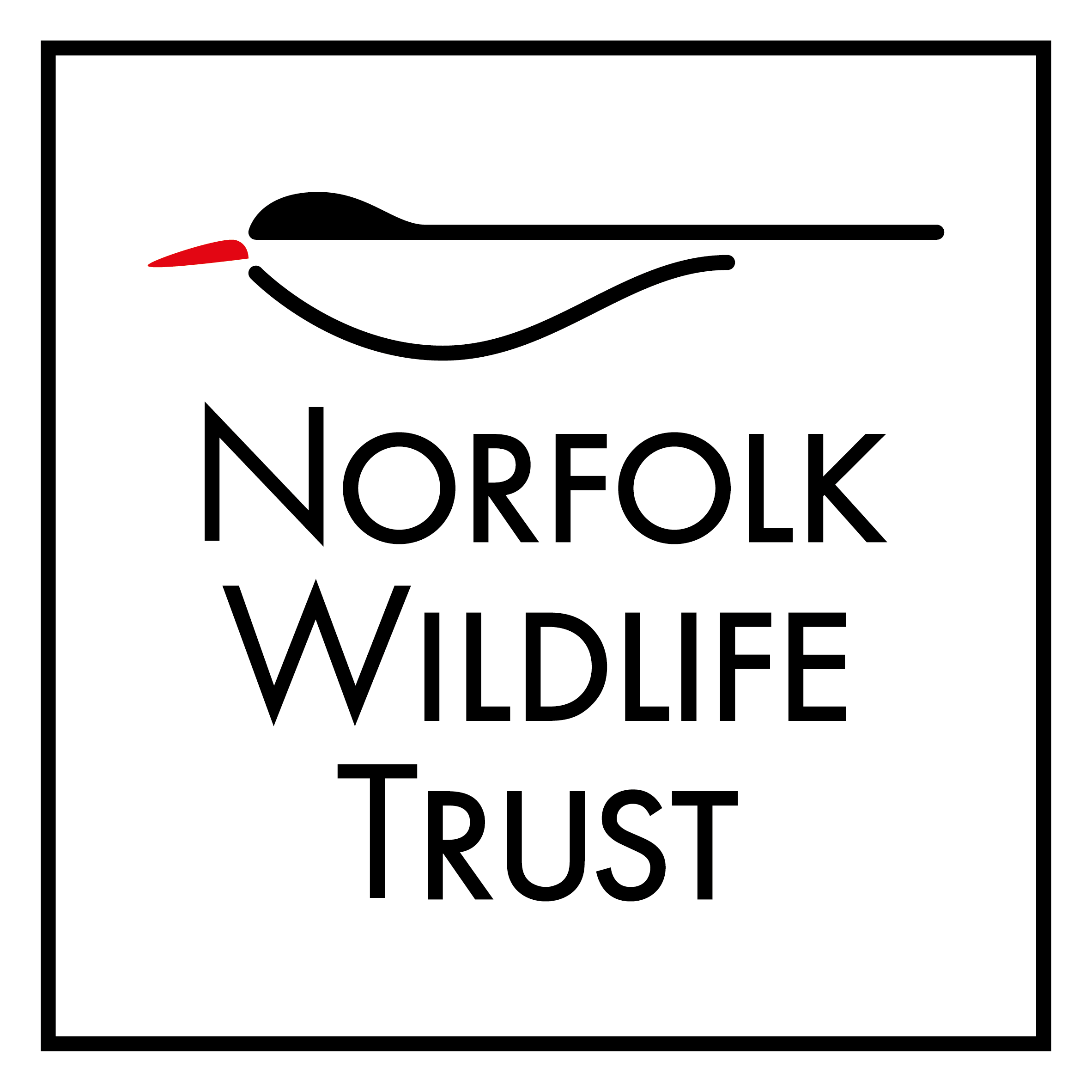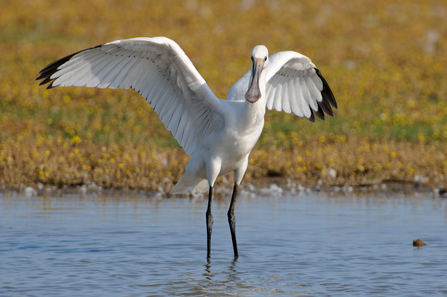Cley Marshes, NWT’s oldest reserve, never disappoints. Autumn transforms this pristine area of coastline into a living stage for migration, turning something you might only have seen on a screen in a documentary into an experience you can see, hear, and feel all around.
Thousands of pink-footed geese, mere pinpricks against the brassy-washed sky, fill the air with a spectacle of sight and sound. Over the ominous waves tumble streams of common scoters, their nifty wings flickering silver amongst the angry, grasping spray. Stints zip across the scrapes in search of invertebrates, pausing for only minutes on route from bracing Arctic tundra to sub-Saharan wetlands. You will never run short of things to see here, and every time I go, I’m shocked by the mass movement of birds unique to this North Sea migration haven.
The NWT purchased Cley Marshes in 1926, and since then have developed a smorgasbord of scrapes and dykes, and managed hundreds of hectares of reedbeds for some of the county’s most iconic breeding birds. Deep in the reeds, bearded tits creep between stems with nimble hops, whilst the ditches are abounded with sticklebacks, silently stalked by sleek otters. The reserve has come so far in its time: a suite of more than 300 bird species, likely thousands of insects, is not to be sniffed at.
Waders and wildfowl are surely the stars of the show here, and in summer, an influx of ruff arrives from breeding grounds in Scandinavia. This is by far my favourite of Cley’s bird species: after fledging, the juveniles move south in packs, their freshly moulted plumage is bright ginger on the breast and belly, with neat, loopy edges to russet back feathers. They elegantly stroll through the reserve’s shallow brackish pools, bills grazing the surface to probe for aquatic invertebrates. Anywhere else in England, the ruff is considered a rarity whose discovery heralds congratulations and sometimes news stories. Here, it has become an everyday feature, but no less special or fascinating for birders like myself.



